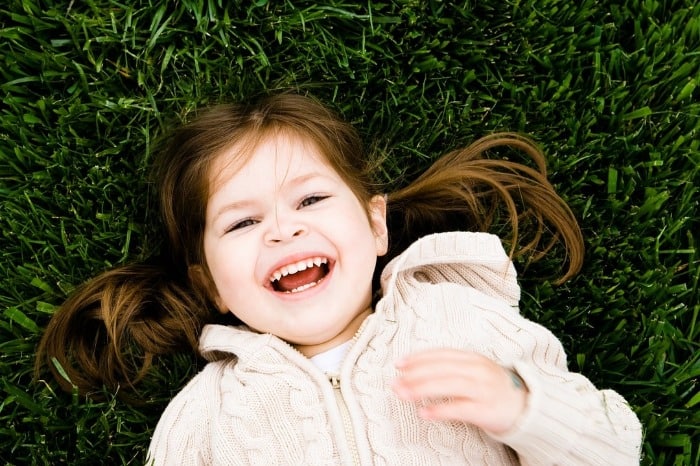Techniques for calming anxious children
Every child experiences fear, stress, and anxiety, from coping with school pressures to a fear of the dark. In order to help your children cope with daily stress, teach them some of the most effective relaxation techniques. A person’s entire life can be secured with these techniques.
Children can relax and reduce stress using a variety of techniques. If your child is comfortable with one or two of the methods described in this section, gradually introduce more techniques when you feel ready.

Breathe deeply
Stress can be reduced by deep breathing. The drug lowers heart rate, regulates blood pressure, and provides a sense of control over the disease. Ask your child to do this simple technique:
Breathe deeply.
Take a deep breath.
Release it gently.
Until he feels calm, he should repeat a deep breath.
Relaxation of the muscles
Relaxing your muscles is a great way to reduce stress. The body’s muscles are stretched and then relaxed.
Jaws
Ask your child to close his jaws tightly and squeeze a little, then to loosen them. Three times in a row.
Shoulders and arms
Your child should hold his hands directly in front of him, then bring them over his head and pull as hard as he can. Let him let go of his arms and let them hang. Three times should be repeated.
Arms and hands
Your child should squeeze an orange or apple with one hand as much as possible, then drop the orange on the ground and allow the arms and hands to rest. Move to the other arm and repeat three times.
The stomach
Just ask your baby to lie on his back for a moment and tighten his abdominal muscles as much as he can. If he is no longer absorbed in the connection, ask him out well. Then ask him to do the same while standing three times.
Legs
When your child is immersed in beach sand, have them stand and press their toes to the ground. He should alternate between pushing them and resting between them. Three times in a row.
Each of these techniques will help your child realize how good it feels when each part of their body relaxes. Relaxation is the goal of these exercises.
Sport
Relaxation can be achieved through exercise. Children enjoy walking, running, swimming, and playing. Don’t forget to exercise with music – great sports music for all ages.
Visualization
Visualization is also called visual guided imagery. Negative thoughts and worries can be released by using imagination to reduce the mind’s whisper.
Visualizing a beautiful and quiet place is one of the types of visualization that almost any child can use as a stress reliever. A technique like this can be beneficial after muscle relaxation, which first relaxes the muscles and then calms the mind. A child can also benefit from color visualization, which is a straightforward teaching method.
Imagine a color that makes your child feel safe and calm.
Imagine him taking in color with each breath and exhaling it all over his body.
You can ask him out well if he is no longer absorbed in the connection.
You can use a soothing sound, a unique scent, or a feeling of warmth or light instead of color.
To laugh
Laughter is a wonderful stress reliever. Relaxes the body and relieves stress. Children can be encouraged to laugh by:
Laughing at jokes
Create funny emoticons
Laugh at funny cartoons
Take a listen to music
You can help your child regain focus by listening to soothing music. Listening to soft music may be enjoyable even for very young children.
Meditation
The mind and body are both relaxed by meditation or yoga techniques. This is a simple meditation your child can use at home and in the classroom.
Before class begins, your child should put their hands on their feet and close their eyes while sitting on their bed or behind their desk.
Slowly and evenly breathing is the next step.
A child should breathe uniformly at least 50 times, and at least 30 times in class is sufficient.
As he meditates, he should pay attention to his breathing. The more he does this, the more relaxed and focused he will become.
Hug
Hug a loved one with your child. Blood pressure can be regulated and stress hormones can be reduced by this interaction.
Stretching the toes
Toe stretching reduces tension throughout the body. In each session, repeat this simple exercise ten times:
Feel your toes while lying on your back.
As you count to ten, pull every ten toes back in the direction of your face.
Count to ten while letting your toes relax.
There are many techniques on this list that are effective for people of all ages. There is no specific age classification for any of the above methods, so your parents can do them safely. Your child will benefit from reducing stress and gaining more comfort.


